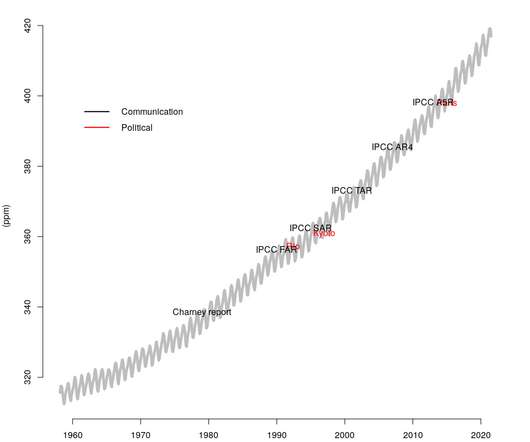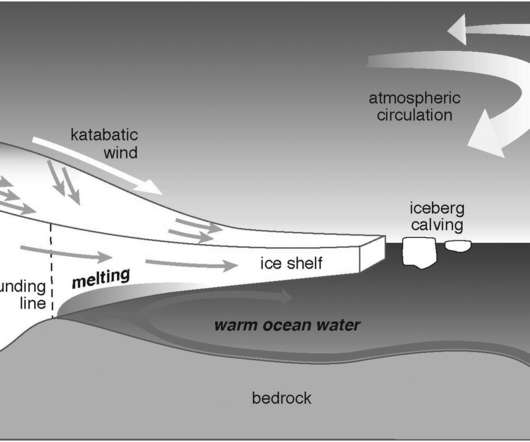Deciphering the ‘SPM AR6 WG1’ code
Real Climate
AUGUST 12, 2021
Another clue indicating a shortcoming is if you look at the atmospheric CO 2 -concentrations over time to see how much impact the IPCC reports have had on the real policy-makers in the world (Figure below). The cause of our changing climate is the increase in atmospheric greenhouse gas concentrations that we have released into the air.



















Let's personalize your content